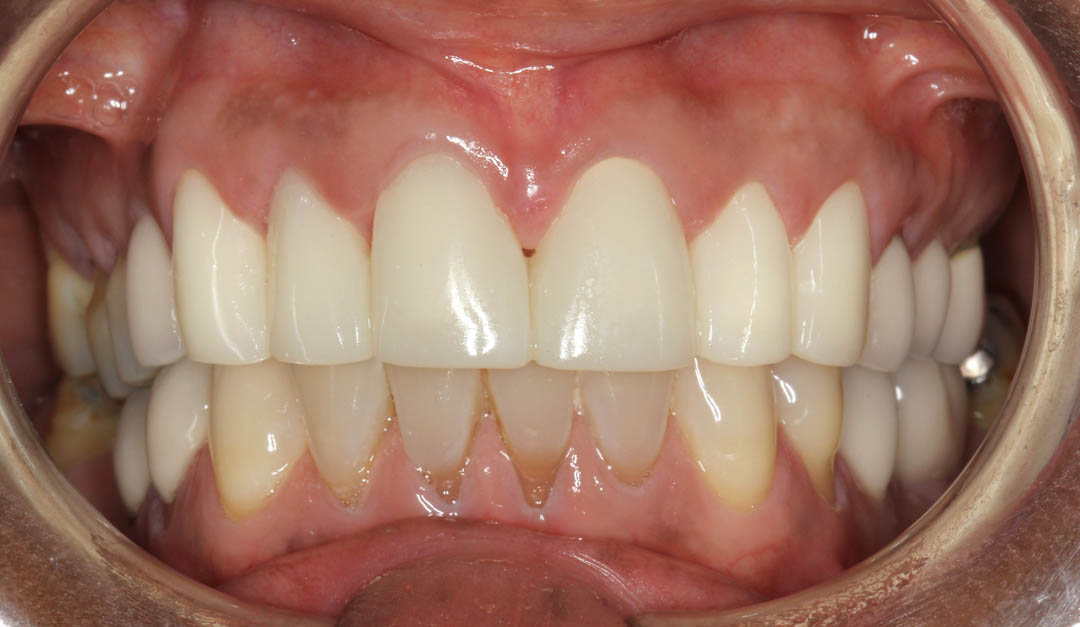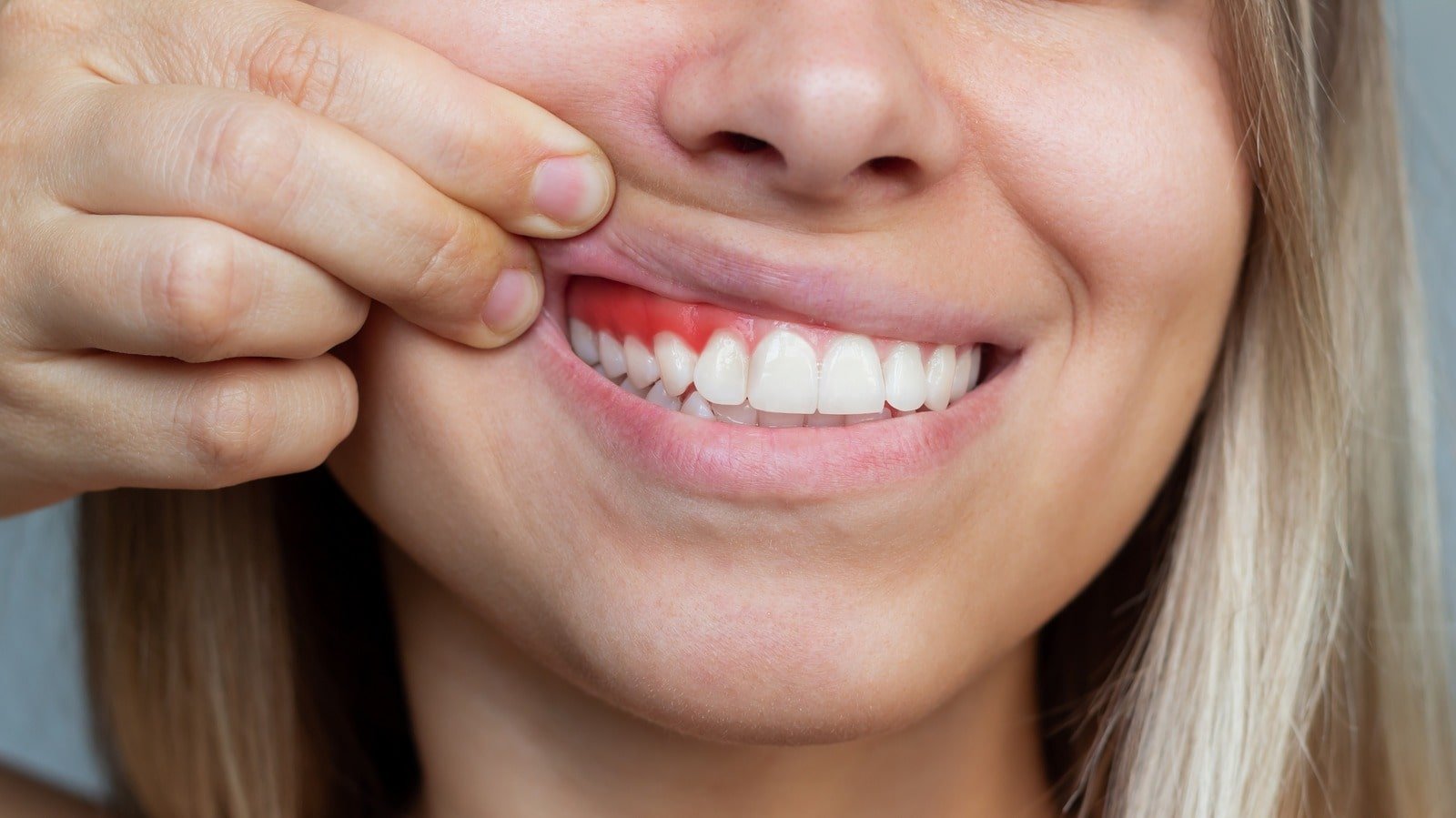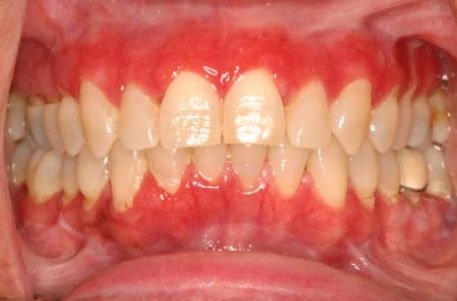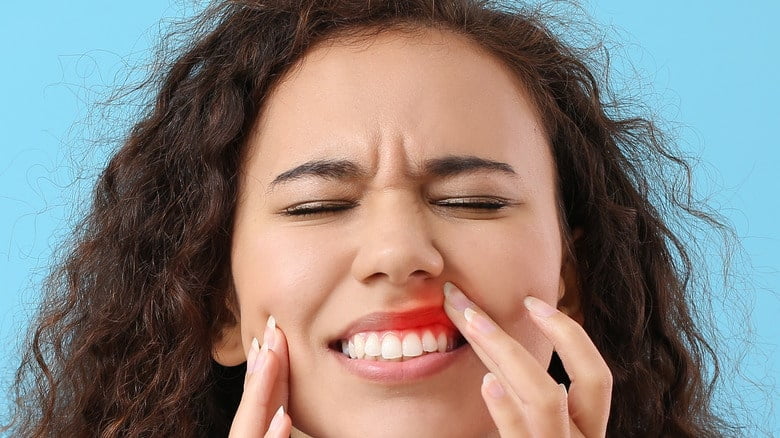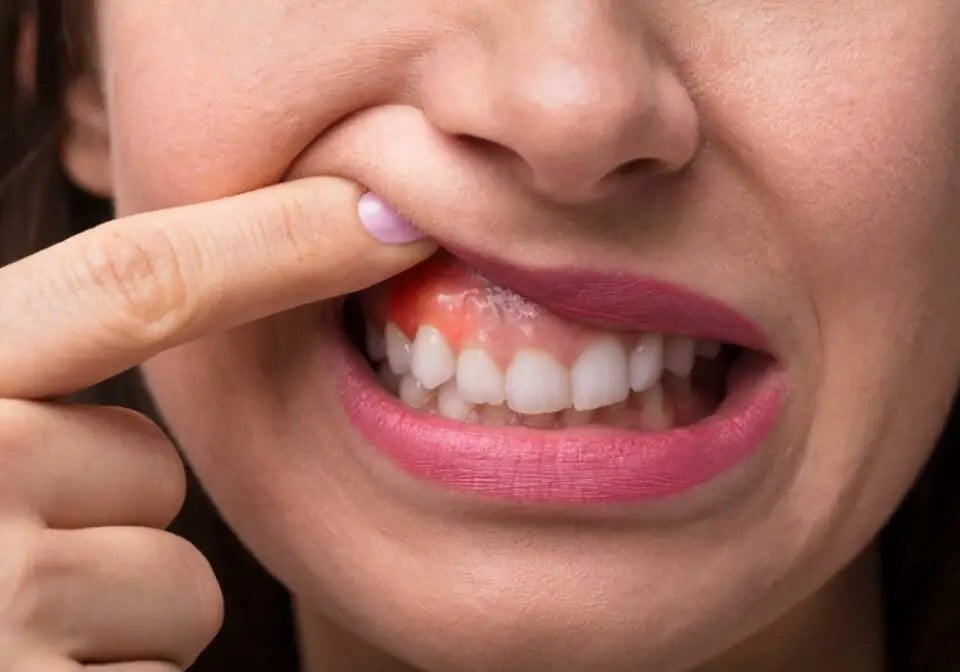You may ask yourself, “Why are my gums black?” This means that gums also have different colors from people’s skin. The density of melanin deposition determines the color shade of the gum. Hence, darker gums will portray the degree of melanin content in your mouth. Hence, it is normal for some individuals to have black gums.
But if your gums are not naturally black, that might indicate that they are unhealthy due to habits such as smoking, a health condition, or certain medications. Let’s begin!
WHAT IS BLACK GUM?
Black Gum disease, or periodontal disease, is an infection of the tissues surrounding teeth. It is caused by an unhealthy mouth and improper dental hygiene, such as improper teeth brushing or flossing. If it is not treated, it results in many complications, including persistent bad breath, gum diseases, tooth loss, and many other complications to your body.
COMMON SYMPTOMS OF BLACK GUMS
Regarding black gums, the sign is broken down to the alteration in the color of the gum tissue. Nevertheless, discoloration of the teeth can be accompanied by other symptoms depending on what has led to the discoloration.
Here are the most common symptoms associated with black gums:
1. DISCOLORATION
The most conspicuous sign that one is suffering from black gums is the discoloration of the gum, which presents shades of brown and black. This discoloration can occur along the whole gum line or in streaks along the gum line.
2. SWELLING AND INFLAMMATION
In instances where black gums are linked with gingivitis, there are certain changes; there might be a lot of swelling. The gum may swell, and the process may be associated with discomfort and sometimes pain.
3. BLEEDING
This usually includes black gums, which are tender, swollen, and produce a lot of pus upon brushing or flossing. It might be gingivitis or periodontitis. Any gum problem, particularly when it bleeds, is often associated with severe gum disease.
4. PAIN OR DISCOMFORT
However, it is essential to note that not all people with black gums have to endure pain or discomfort in the said areas. This can be a result of other infections and/or inflammation.
5. CHANGES IN GUM TEXTURE
The gums also may become swollen and red, or the gum coloration may alter with texture. Normal gums tend to be firm and elastic. However, depending on the extent of the disease and type, black gums or diseased gums may become softer, spongier, and palpably firm.
6. BAD BREATH (HALITOSIS)
If black gums are related to poor hygiene or gum diseases, they are often accompanied by symptoms such as halitosis. When bacteria and plaque form in the mouth, the condition results in recurring bad breaths.
CAUSES OF BLACK GUMS
Here are some causes of black gums:
1. SMOKING
Smoker’s melanosis is another effect of long-term use of tobacco; the gums become stained black from the chemicals found in tobacco.
2. MEDICATIONS
Some drug side effects, such as minocycline, an antibiotic, are known to cause pigmentation in the gums.
3. AMALGAM TATTOO
This is when minute particles of the amalgam-filling material or artwork enter the gum tissue and manifest in blue or black. It is relatively devoid of any negative consequences and long-lasting.
4. NECROTIZING PERIODONTAL DISEASES
In some serious diseases of gums, like necrotizing ulcerative gingivitis or necrotizing ulcerative periodontitis, the gums get necrotic and hence appear black.
5. ORAL MELANOMA
They are a rare but severe cancer that can lead to the formation of black or other dark seals on the gums.
TREATMENT
Therefore, treatment for the actual black gums will depend on the cause. Other illnesses like gum infections or Addison’s disease usually require a drug prescription. Some stains caused by smoking may be reversible, and the color of the gums may be restored to normal.
A doctor should also be able to provide consultation and recommendations on how to quit smoking. Cosmetic dentists may also bleach gums to enhance their color. Schedule an appointment with your dentist to solve this problem. Although a registered technician can effectively carry out this procedure, it harms the gums.
PREVENTION
Here are some preventing black gums key steps:
- Quit Smoking: A smoker’s melanosis is a condition that darkens gums, and smoking can be a health-dangerous habit; therefore, quit smoking to avoid this condition.
- Good Oral Hygiene: It is recommended that teeth be brushed at least twice a day with fluoride-containing paste and flossed daily to avoid gum diseases, which lead to tooth darkening.
- Regular Dental Visits: Biannual dental check-ups to identify gum problems before they worsen.
- Healthy Diet: Avoid foods high in sugar to prevent tooth decay and other gum-related illnesses.
- Medication Awareness: Choose medications that do not have side effects, such as discoloration of the gums, and discuss other products with your doctor.
- Gentle Gum Care: To maintain gum health and prevent trauma, they must be brushed gently with a soft toothbrush.
- Prompt Treatment: If you notice changes in gum color or any other signs of oral disease, contact your dentist.
THE BOTTOM LINE
Black gums are quite common, especially for those with black or dark-containment skin. Nevertheless, paying attention to black gums or black spots on your gums if they are newly developed is crucial.
Some of the reasons for black gums comprise melanotic macules, smoking, amalgam tattoos, medications, certain (systemic) diseases, and cancer. No treatment is required in some cases, but a few things can be done to eliminate black spots on the gums. Visit your dental office if treatment is required according to your gum condition.


